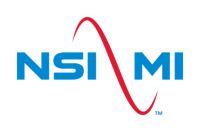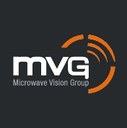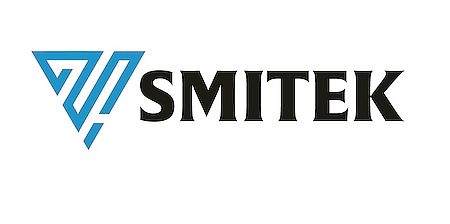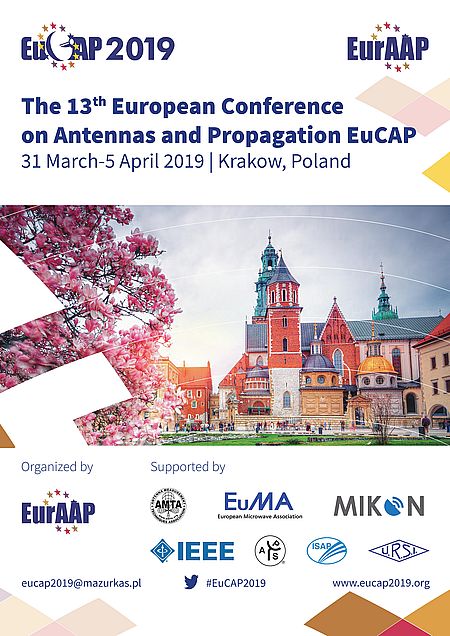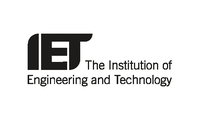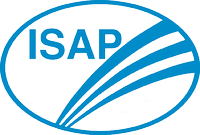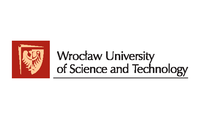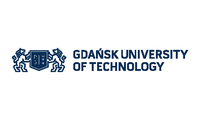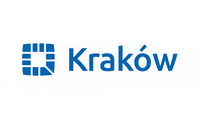Prof. Levent Sevgi
From Engineering Electromagnetics to Electromagnetic Engineering: Teaching/Training Next Generations
Okan University, Engineering Faculty, Istanbul, Turkey
Biography
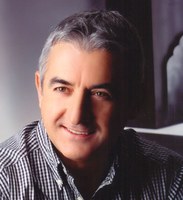 Levent Sevgi, Born in Akhisar / Turkey on 1st January 1958.
Levent Sevgi, Born in Akhisar / Turkey on 1st January 1958.
He received his BsEE, MsEE and PhD degrees in Electronic Engineering from Istanbul Technical University (ITU) in 1982, 1984 and 1990, respectively. In 1987, while working on his PhD, he was awarded a fellowship that allowed him to work with Prof. L. B. Felsen at Weber Research Institute / New York Polytechnic University York for two years. His work at the Polytechnic concerned the propagation phenomena in non-homogeneous open and closed waveguides.
He was with Istanbul Technical University (1991–1998), TUBITAK-MRC, Information Technologies Research Institute (1999–2000), Weber Research Institute/Polytechnic University in New York / USA (1988–1990), Scientific Research Group of Raytheon Systems, Canada (1998 – 1999),
Center for Defense Studies, ITUV-SAM (1993 –1998 and 2000–2002) and with University of Massachusetts, Lowell (UML) MA/USA as a full-time faculty (2012 – 2013) and with Doğuş University (2001-2014). Since Sep 2014, he has been with Okan University.
He has been involved with complex electromagnetic problems and complex communication and radar systems for nearly three decades. His research study has focused on propagation in complex environments, analytical and numerical methods in electromagnetic, EMC/EMI modeling and measurement, communication, radar and integrated surveillance systems, surface wave HF radars, FDTD, TLM, FEM, SSPE, and MoM techniques and their applications, RCS modeling, bio-electromagnetics. He is also interested in novel approaches in engineering education, teaching electromagnetics via virtual tools. He also teaches popular science lectures such as Science, Technology and Society.
He is a Fellow member of the IEEE, an AdCom member of the IEEE Antennas and Propagation Society (AP-S) (2013 - 2015), the writer/editor of the “Testing ourselves” Column in the IEEE Antennas and Propagation Magazine (since Feb 2007) and a member of the IEEE AP-S Education Committee (Jun 2006 -), a member of the IEEE AP-S Field Award Committee (Jan 2018 -). He is also a member of several editorial boards (EB), such as the IEEE Antennas and Propagation Magazine (Feb 2007 -), the IEEE Access (2017 - 2019), Wiley’s International Journal of RFMiCAE (Jan 2002 - ), etc.
He has published more than 10 books in English and Turkish, nearly 200 journal/magazine papers/tutorials and attended 100+ international conferences/symposiums.
His three books Complex Electromagnetic Problems and Numerical Simulation Approaches (2003), Electromagnetic Modeling and Simulation (2014) and Radiowave Wave Propagation and Parabolic Equation Modeling (2017, with Gökhan Apaydın) were published by the IEEE Press & Wiley. His book A Practical Guide to EMC Engineering (2017) was published by ARTECH House.
His h-index is 31, with a record of more than 3300 citations (source: Google Scholar).
Synopsis
The role of Electromagnetic (EM) fields in our lives has been increasing. Communication, remote sensing, integrated command/ control/surveillance systems, intelligent transportation systems, medicine, environment, education, marketing, defense are only a few areas where EM fields have critical importance. We have witnessed the transformation from Engineering Electromagnetics to Electromagnetic Engineering for the last few decades after being surrounded by EM waves everywhere. Among many others, EM engineering deals with broad range of problems from antenna design to EM scattering, indoor–outdoor radiowave propagation to wireless communication, radar systems to integrated surveillance, subsurface imaging to novel materials, EM compatibility to nano-systems, electroacoustic devices to electro-optical systems, etc. The range of the devices we use in our daily life has extended from DC up to Terahertz frequencies. We have had both large-scale (kilometers-wide) and small-scale (nanometers) EM systems. Large portion of these systems are broadband and digital, and have to operate in close proximity that results in severe EM interference problems. Engineers have to take EM issues into account from the earliest possible design stages. This necessitates establishing an intelligent balance between strong mathematical background (theory), engineering experience (practice), and modeling and numerical computations (simulation).
This keynote lecture aims at a broad-brush look at certain teaching / training challenges that confront wave-oriented EM engineering in the 21st century, in a complex computer and technology-driven world with rapidly shifting societal and technical priorities.
The lecture also discusses modeling and simulation strategies pertaining to complex EM problems and supplies several user-friendly virtual tools, most of which have been presented in the IEEE AP Magazine and which are very effective in teaching and training in lectures such as EM Wave Theory, Antennas and Radiowave Propagation, EM Scattering and Diffraction, Guided Wave Theory, Microstrip Circuit Design, Radar Cross Section Prediction, Transmission Lines, Metamaterials, etc.


